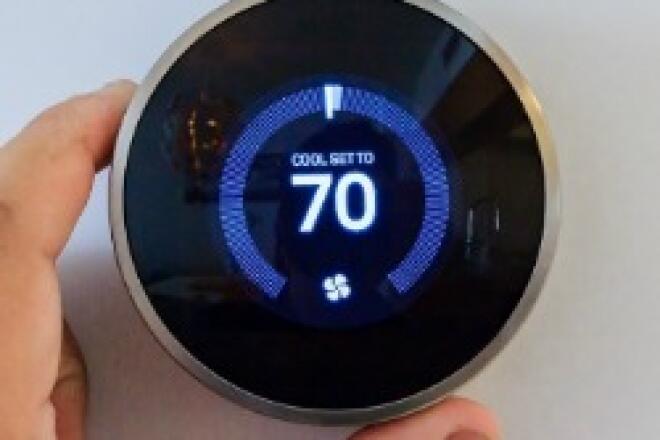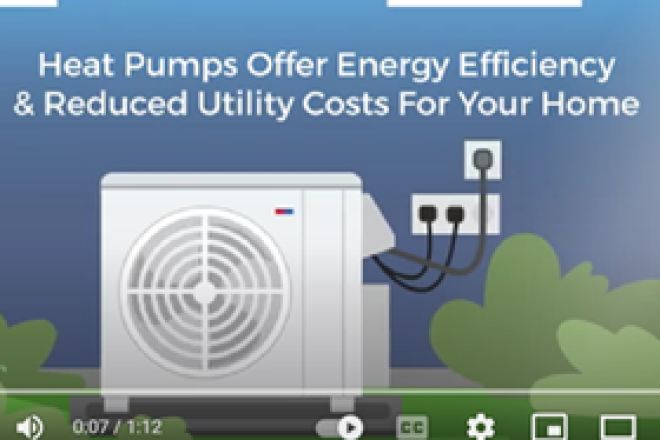
3 Innovations That Will Have a Major Impact on Renewable Energy
Innovations in design and manufacturing have made renewable energy an increasingly viable option for low-cost electricity today. But according to most indications, we've just scratched the surface of what's possible.
Researchers in the United States and across the globe are working on solutions to make wind turbines, solar panels, hydro turbines and energy storage technologies more efficient and more affordable than ever before, and there are a lot of positive signs for the future of renewable energy.
Here are three innovations that will have a major impact on renewable energy going forward:
1. Offshore wind farms will produce a lot of clean energy.
Most wind farms in the United States today are located on land, but there are several indications that this is changing – and that would mean a lot more cheap and clean energy for Americans.
Over the last decade or so, several countries – mostly those in northern Europe, like the United Kingdom, the Netherlands and Germany – have made significant investments in offshore wind farms. These extensive wind farms are typically located in the ocean on the continental shelf and take advantage of both higher wind speeds at sea and a large amount of unused, open space.
The U.K. is already powering millions of homes with its offshore wind farms and has a lot more installed offshore wind on the horizon; however, this trend hasn’t yet caught on in the U.S. – but that might be changing. Several states are beginning to look offshore wind as a viable way to provide a lot of affordable, clean energy to its residents. In fact, the Vineyard Wind project – located roughly 14 miles south of Martha’s Vineyard in Massachusetts – will generate 800 megawatts of electricity once it comes online in a few years – enough to power about 400,000 homes. It’s estimated Massachusetts consumers will save $1.3 billion over the lifetime of the project.
While California hasn’t yet started building any offshore wind projects, a recent report suggests that offshore wind power could save the state and its residents billions of dollars, while helping them meet aggressive carbon emission goals. As states and countries try to address climate change, while keeping energy costs low, it’s likely we’ll see a massive growth in offshore wind energy in the coming years.
2. New solar panel technology will maximize their efficiency.
While solar panels have been around for a long time (Bell Labs unveiled the first practical solar cell in the 1950s), their inefficiency was for a long time one of the top reasons why solar energy remained a niche power option. However, this has change rapidly over the last couple of decades – and efficiency is likely to continue to improve in the years ahead.
By the 1906s, Hoffman Labs developed a solar panel with about 14-percent efficiency, but by the early 1990s, researchers had only improved this to about 16 percent. Within the last 10 years, however, manufacturers have developed panels at about 30-percent efficiency, and the average panel available to consumers is over 20 percent (and much, much cheaper than years past).
Today, the highest confirmed efficiency stands at nearly 50 percent, according to the National Renewable Energy Laboratory (NREL); however, researchers are optimistic about continued improvements. Thanks to scientific innovation, it’s likely that we’ll see new levels of efficiency in commercially available panels going forward – and at lower prices than ever before.
3. Battery technologies will improve how we store energy.
Once electricity’s produced – either by a renewable source or a traditional fossil fuel source – it needs to be either transmitted along the power lines for immediate use or stored through some form of energy storage technology. This fact, coupled with reality that the sun is not always shining nor is the wind always blowing, means that storing energy efficiently and effectively will be a key component of the future, renewables-powered electric grid.
The good news is that for the main energy storage method used today – lithium-ion batteries – costs have dropped significantly in just a few short years. According to Bloomberg, the average cost to store and use electricity from lithium-ion batteries dropped 35 percent from early 2018 to early 2019! Since 2012, lithium-ion battery storage has dropped by a massive 76 percent.
However, lithium-ion batteries are not the only major form on energy storage today. For example, pumped hydro – pumping water from a lower reservoir to a higher one to then run through the hydroelectric turbines at a later time – is still the major energy storage method in many areas. But like lithium-ion batteries, the costs related to pumped hydro have also dropped quite a bit in the last few years, due to improvements in efficiency.
With the important role the energy storage is slated to play in the future of energy, it’s likely that the prices will continue to drop and efficiencies improve for the technologies that are around today, and we see some new technologies in the coming years that prove to be even cheaper than lithium-ion batteries and pumped hydro.
Conclusion: Scratching the surface of renewables
While renewable energy is the fastest-growing source of electricity in the United States today, this is likely to accelerate in the years to come. As governments, power companies and other organizations look to decarbonize and mitigate the effects of climate change, investments in renewable energy innovation will continue. While we’ve made great strides in recent years, it’s likely that we’ve only scratched the surface of what’s possible in renewable energy.
To learn more about the changing world of renewable energy and how it can benefit you, download the new Renewable Energy 101: A Fact-Based Guide for Consumers here.



